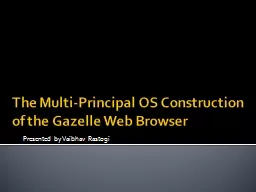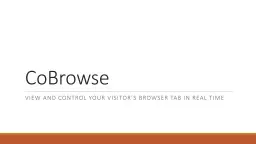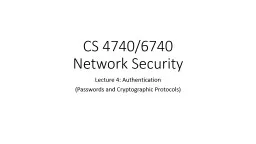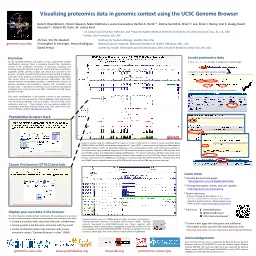PPT-Browser Security
Author : debby-jeon | Published Date : 2016-05-10
Presenter Yinzhi Cao Slides Inherited and Modified from Prof John Mitchell EECS 450 Northwestern University Winter 2013 Reported Web Vulnerabilities In the
Presentation Embed Code
Download Presentation
Download Presentation The PPT/PDF document "Browser Security" is the property of its rightful owner. Permission is granted to download and print the materials on this website for personal, non-commercial use only, and to display it on your personal computer provided you do not modify the materials and that you retain all copyright notices contained in the materials. By downloading content from our website, you accept the terms of this agreement.
Browser Security: Transcript
Download Rules Of Document
"Browser Security"The content belongs to its owner. You may download and print it for personal use, without modification, and keep all copyright notices. By downloading, you agree to these terms.
Related Documents













